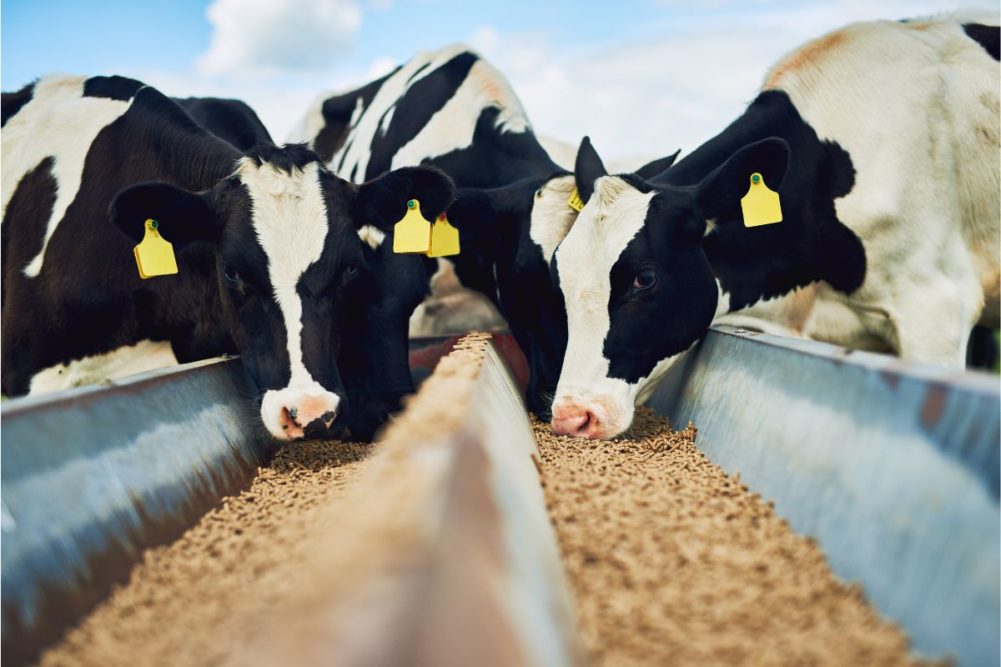OMAHA, NEBRASKA, US – The American Feed Industry Association (AFIA) on May 1 issued a statement to “set the record straight” regarding media reports alleging that the highly pathogenic avian influenza (HPAI) virus that has spread to dairy cattle in the United States is due to consumption of chicken litter on farms.
AFIA President and Chief Executive Officer Constance Cullman said in the statement that some media reports were “falsely accusing feeding practices of spreading the HPAI virus on dairy farms without fully disclosing the facts.”
“The US Department of Agriculture’s Animal and Plant Health Inspection Service has confirmed that based on what they know today, ‘wild migratory birds are believed to be the original source of the virus’ in dairy cattle, and their staff is further investigating cases where the virus has spread between herds through cattle movements or into nearby poultry premises,” Cullman said.
“On a call last week, USDA’s chief veterinary officer and deputy administrator for veterinary services confirmed to stakeholders that nothing leaves the infected premises of an HPAI-impacted poultry farm, including poultry litter or waste to be used for crop fertilizer or feed. The Food and Drug Administration has also gone on record stating that it is ‘not aware of any data showing that the use of poultry litter in cattle feed is posing human or animal health risks that warrant restrictions on its use.’”
Cullman noted that dried poultry litter and waste, while not widely used in beef and dairy cattle feed, has been approved by the Association of American Feed Control Officials as a partial source of protein.
“The animal food industry is committed to supporting the nation’s poultry and dairy farmers throughout this animal health crisis and is enhancing feed mill biosecurity programs to help curb the HPAI virus’s spread,” she said. “Let’s not vilify the hardworking farmers with false allegations while they are dealing with the emotional toll of caring for sick animals and working their hardest to ensure a safe food supply for Americans.”
A multi-state outbreak of HPAI A(H5N1) bird flu in dairy cows was first reported on March 25, according to the Centers for Disease Control website. It noted that this is the first time these bird flu viruses were found in cattle.
CDC confirmed one human HPAI A(H5N1) infection that had exposure to dairy cattle in Texas that were presumed to be infected with the virus. While thought to be rare, this exposure to HPAI A(H5N1) bird flu virus is the first instance of likely mammal to human transmission. In the United States, since 2022, USDA APHIS has reported HPAI A(H5N1) virus detections in more than 200 mammals, the CDC said.






